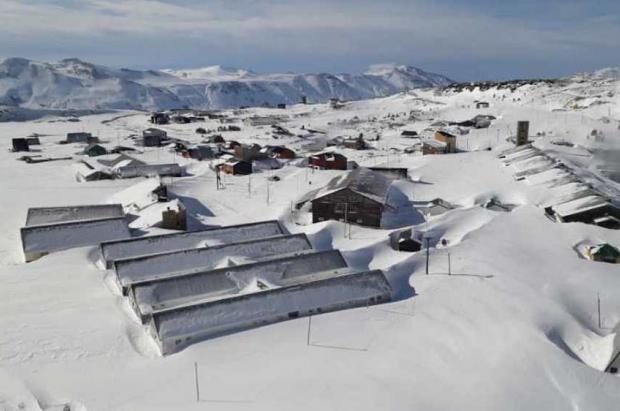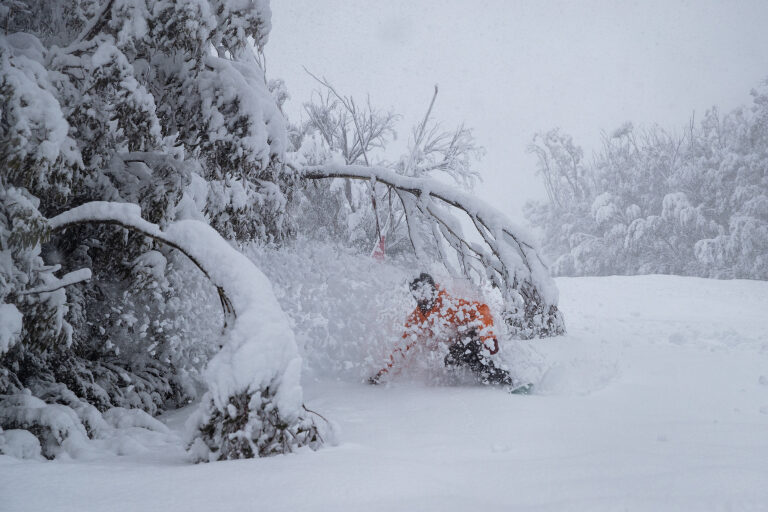Sheets of rain, floods and hail left a path of destruction all over the world, and the northern hemisphere still got snow in June.
The unbelievable amount of precipitation during the past months can be explained with the increasing amount of charged particles in upper layers of the atmosphere.
When meteors and meteorites pass through our lower atmosphere, or when our planet goes trough a comet dust stream, charged
particles accumulate between the ionosphere and the surface of the earth causing storms to intensify, clouds to grow and more rain to fall. Wildfires and volcanic eruptions, for example, also contribute to this accumulation of particles.
At the same time, rain can conduct the accumulated electrical charge of the ionosphere to the ground, which increases the occurrence of other
electrical phenomena, as tornadoes, hurricanes and plasma formations.
The accumulation of charged aerosols and
increasingly colder temperatures in upper layers of the atmosphere - caused by the current solar minimum - can also be responsible of the increasing amount of hail and unseasonable snow around the world.
Charged particles influence weather much more than has been appreciated.
Heavy rain and raging floods took the life of hundreds and affected millions in south China, and destroyed 1,470 houses and 3 bridges in Gorontalo Province, Indonesia. Heavy floods also hit Assam, India leaving 16 dead and over 253,000 affected.
While Romania got its second coldest day in June, Montana got more than 1 foot of snow and southeast Wyoming got 6 inches... just at the beginning of summer.
Siberia got a share of extreme weather this month, from tornadoes to floods and extreme temperature swings.
A 7.5-magnitude earthquake rattled large swaths of southern and central Mexico, killing at least five people. No major damage was reported.
Locusts continued to ravage Africa, India, Brazil, Argentina and the Middle East, with no sign that they'll be gone soon.
All that and more in our SOTT Earth Changes Summary for June 2020:



Comment: Related: Incredible snowfalls in the Andes - snow lying almost 5 metre (17 FEET) deep